Many corporations and government agencies face the same fundamental problem. The desire to move from paper-based records storage to digitized, web-facing, constituent-accessible record management systems is being impeded by the task of scanning and indexing large volumes of documents. As more organizations embrace the inherent cost savings of using outsourced labor for document capture, there is a growing need to effectively manage these scan operations to ensure the overall quality of the process.
Designed explicitly to meet this need, our ScanManager™ product is a set of workflow modules complete with all required tools specific to allow for the setup, management, control and monitoring of an outsourced scanning process.
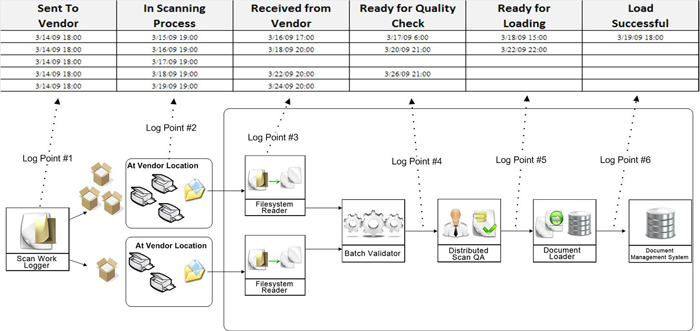
As depicted in the above process diagram, scanned documents flow though each of the discreet ScanManager™ modules, with the final output being documents loaded into your Document Management System. By using our logging tools, web-facing monitors, and direct interface and document management loaders, you can easily distribute the scanning and quality assurance work across companies or departments.
Running as "middleware", located between the various scanning vendor systems (Kofax Ascent, AnyDoc, Kodax ...), and the document management repository (OnBase, Documentum, Filenet...) use of our "vender neutral" document processing workflow presents several advantages. We have the ability to create flexible scan QA and loading processes that are robust enough to accomplish all required goals, easily extended to accommodate future requirements, and remain flexible enough to handle the nuances of each document type. This focus on process gives us a distinct advantage when implementing the ScanManager™ into any environment.
The following process breakdown provides an overview of the purpose and function of each of the ScanManager™ functions.
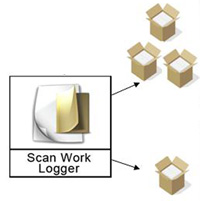
Work Logging: Using our web-based work logging tool, each job and/or file to be scanned can be identified, logged and therefore tracked during the remaining process. Tracking can be highly granular and include steps such as moving, shipping and receiving boxes, or more general illustrating fewer, more basic process checkpoints.
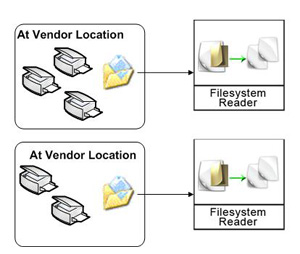
Batch Transfer: Each scanned batch (regardless of vendor) is deposited in an appropriate directory. Unlimited directory depth can be supported allowing for vendor, document type, and/or batch level segregation.
Files are automatically read from the directories and loaded into the process. Modules can also be provided to allow vendors to submit directly to the process via secure SFTP directly from scan process to read directory, eliminating DVD style transfers.
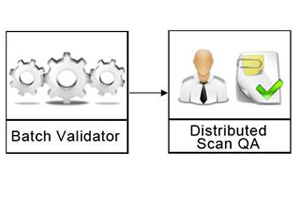
Validation & QA: Each scanned batch is validated to confirm all work is complete and loading information is correct. Both automated and manual validation is included. If our pre-scan batch control tools are also used, (not shown in picture) ScanManager™ can validate completeness to the object/file level.
Human QA of batch and document index fields and scan quality can be distributed to the appropriate department. Batches can be accepted or rejected, with optional page fix capabilities.
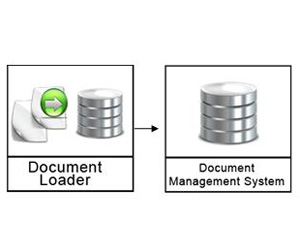
Document Loading: Identification of load success can be tracked at a batch, box or individual file level, assuring that the entire scanning process has been completely performed. Any missing or outstanding files are flagged in the web monitor and available for resolution processes including email notification.
For certain document management systems, loading with our full API-based process control module allows for automated fileroom object duplicate resolution as well as advanced document loading features such as prepend, append, replace or make new version. This fully-automated logging to our SQL scan control monitor allows for full investigation into open batches and documents.
